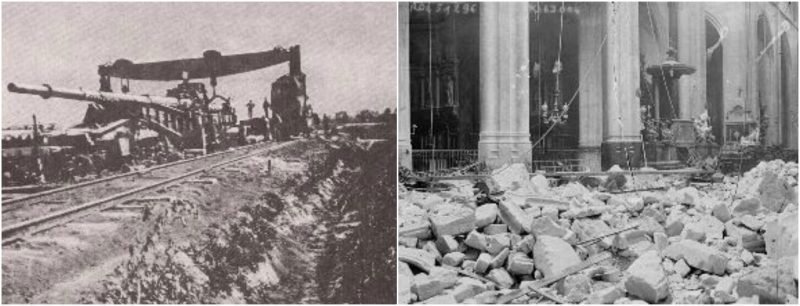In World War I, German engineering again gave the world another wartime breakthrough – The Paris Gun. The Paris Gun – properly called the Kaiser Wilhelm Geschutz – was so named for its sole purpose of shelling Paris from extreme distances, starting from March 1918.
This supergun was designed and operated by the German Navy and manufactured by the German munitions firm Krupp. Some seven 210mm guns were made using bored-out 380mm naval guns, each fitted with special 40 meter long inserted barrels.
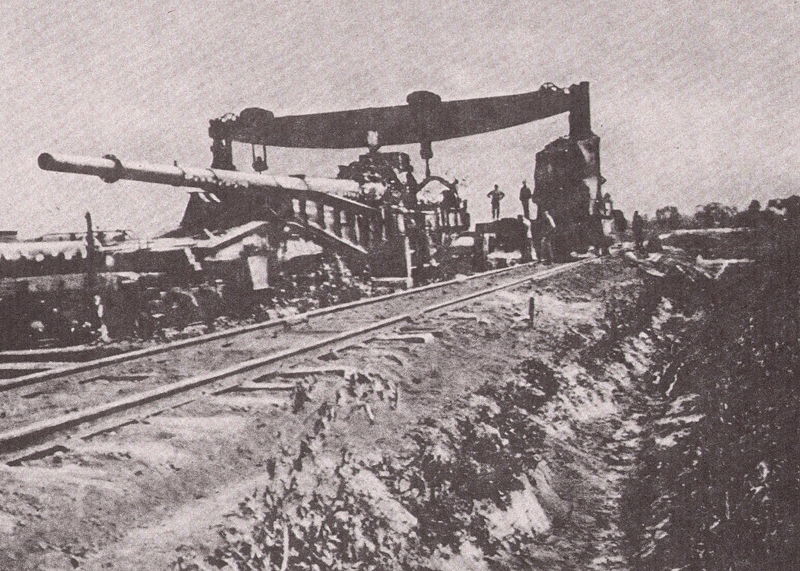
On the morning of Saturday, March 23, 1918, a supposed air bomb dropped into a Paris street. When the fragments had cooled enough to be picked up, it was discovered they were marked with the lands and grooves of rifling, something no bomb ever possessed. Five more had crushed down in intervals of around 15 minutes.
The French artillery department had decided that Germany had accomplished the impossible and was shelling Paris with a gun that must be at least seventy miles away.
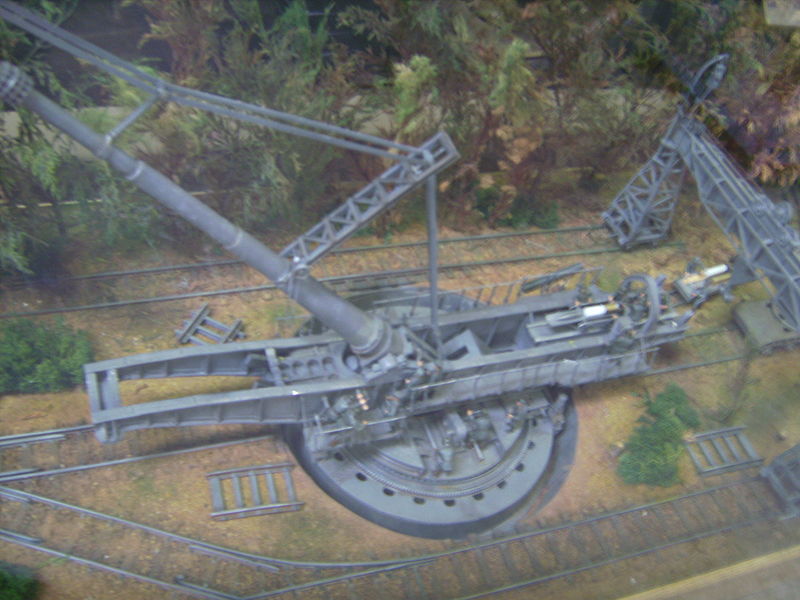
Twenty-five shells dropped into or near Paris on that March Saturday, killing sixteen and wounding twenty-nine people.
Surely there was nothing similar to the Paris Gun at that time, but its capabilities are not well known. Depending on the source the size, range, and performance varied. But with the discovery of Dr. Fritz Rausenberger’s notes (he was in charge of its development) its capabilities have been clarified.
The gun was capable of firing a shell of 106 kilograms (234 lb) to a range of 130 kilometers (81 mi).
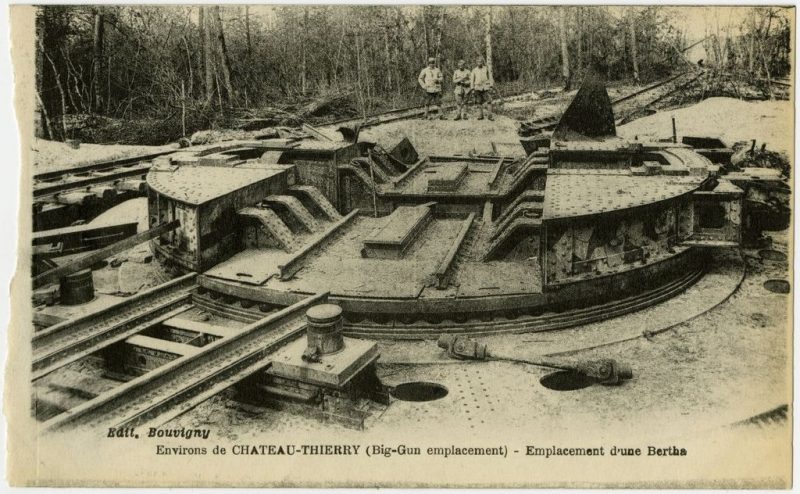
For all its power the gun had little actual effect on the course of the war, with just 367 shells fired between March and August – a figure disputed by the French who cited 320, of which 183 landed within the city’s boundaries.
Casualties of the gun’s use reached 256 deaths and 620 wounded, with 88 killed and 68 wounded on Good Friday 1918 alone, when a shell landed on the church of St-Gervais-et-St-Protais Church, causing its collapse while a service was in progress.
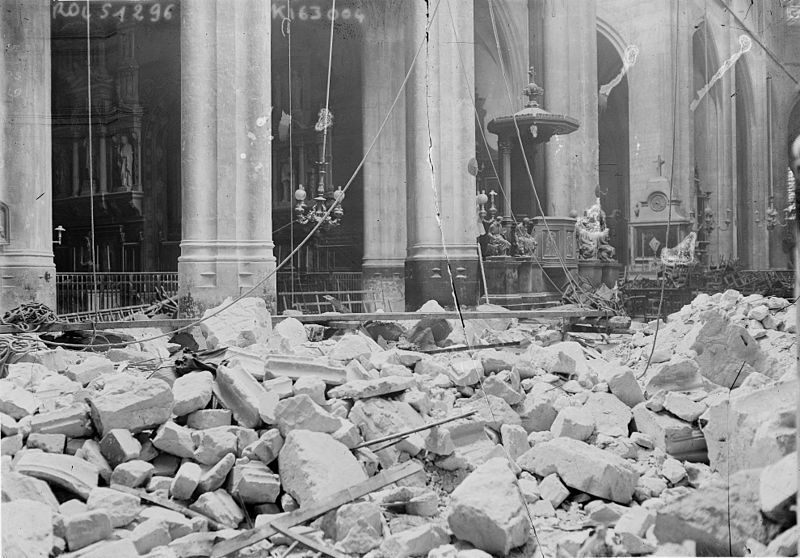
Though the Paris Gun had little impact on the outcome of World War I, it was a high-priority target for Allied troops. Yet none of the guns were ever found, even after the armistice.
Five German long range weapons were used at the St. Gobain woods position. One gun had burst while being fired and killed its own crew.
The Germans are believed to have moved the weapon back to Germany, where it was likely destroyed, along with its construction plans. One of the spare gun-mounts was captured by American troops near Chateau-Thierry, but the cannon itself was never found.
